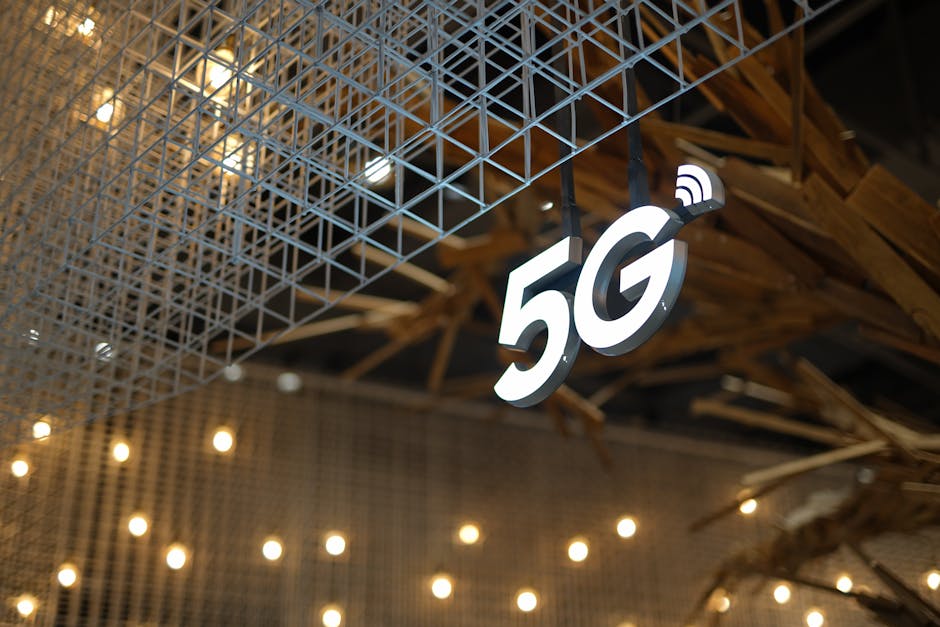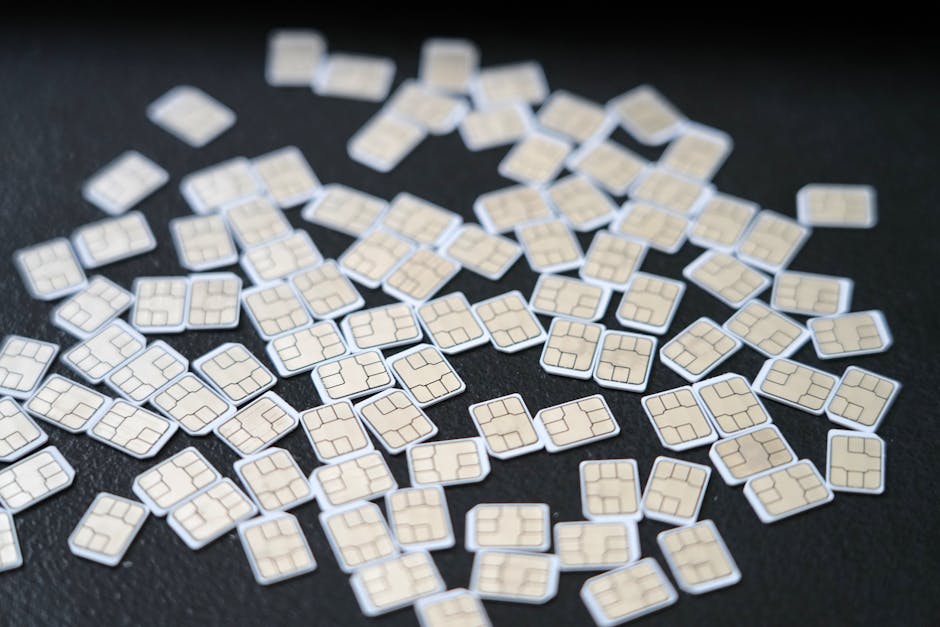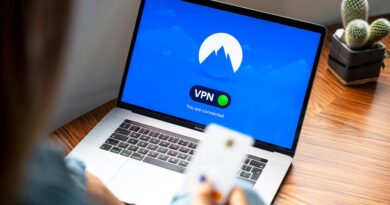The Impact of 5G on Connectivity
With the rapid advancement of technology in recent years, the emergence of 5G technology has sparked a new era in connectivity. As we transition from 4G to 5G networks, the impact on connectivity is monumental, revolutionizing the way we communicate, work, and interact with the world around us. In this comprehensive guide, we will delve into the various aspects of how 5G is reshaping connectivity, exploring its implications, applications, and potential for the future.
The Evolution of Connectivity: From 1G to 5G

By Z z via Pexels
Before we delve into the impact of 5G, it is essential to understand the evolution of wireless networks. The journey began with 1G, the first generation of mobile networks that allowed for basic voice calls. As technology progressed, we moved to 2G, which introduced text messaging, followed by 3G, which enabled mobile internet access. The transition to 4G brought us faster internet speeds, paving the way for the era of smartphones and mobile apps.
Now, we stand on the brink of the 5G revolution, promising lightning-fast speeds, ultra-low latency, and massive connectivity. 5G is not just an incremental improvement over its predecessors; it represents a paradigm shift in how we experience connectivity, with the potential to transform industries, drive innovation, and create new opportunities.
Speed and Bandwidth
One of the most significant impacts of 5G on connectivity is the dramatic increase in speed and bandwidth. While 4G networks typically offer speeds of up to 100 Mbps, 5G promises to deliver speeds in the range of 1-10 Gbps, enabling near-instant downloads, seamless streaming, and real-time gaming experiences.
With this exponential increase in speed, users can enjoy high-definition video calls, download large files in seconds, and stream 4K content without buffering. The enhanced bandwidth of 5G networks also allows for more devices to connect simultaneously without experiencing network congestion, making it ideal for the Internet of Things (IoT) applications.
Low Latency
Another key aspect of 5G connectivity is its ultra-low latency, which refers to the delay in transferring data from one point to another. While 4G networks typically have a latency of around 50 milliseconds, 5G aims to reduce this to less than 1 millisecond, almost real-time responsiveness.
This low latency is crucial for applications that require instantaneous feedback, such as autonomous vehicles, remote surgery, and virtual reality. With 5G, we can expect smoother video calls, more responsive gaming experiences, and improved performance for mission-critical tasks that demand split-second decision-making.
Network Slicing
5G introduces the concept of network slicing, a technology that allows operators to create multiple virtual networks within a single physical network infrastructure. Each network slice can be customized to meet specific requirements, such as speed, latency, and reliability, catering to diverse use cases and applications.
For example, a network slice for autonomous vehicles may prioritize low latency and high reliability, while a slice for smart homes may focus on high-speed connectivity. This flexibility enables operators to optimize network resources efficiently, offering tailored services to different industries and users.
Impact on Industries

By David Barber via Pexels
5G is poised to have a transformative impact on various industries, revolutionizing how businesses operate and interact with customers. In the healthcare sector, 5G can enable remote patient monitoring, real-time telemedicine consultations, and surgical procedures conducted by robots with minimal latency.
For the manufacturing industry, 5G opens up possibilities for smart factories equipped with connected sensors, artificial intelligence, and robotics that can communicate seamlessly and optimize production processes. In the transportation sector, 5G can enhance safety and efficiency through vehicle-to-vehicle communication, real-time traffic management, and autonomous driving capabilities.
Challenges and Controversies
While the potential benefits of 5G are vast, the rollout of this technology is not without challenges and controversies. One of the primary concerns surrounding 5G is the issue of cybersecurity, as the increased connectivity and data transmission could make networks more vulnerable to cyber attacks.
There are also debates about the health effects of 5G radiation, with some studies suggesting potential risks associated with prolonged exposure to high-frequency electromagnetic fields. The deployment of 5G infrastructure, such as small cells and antennas, has faced opposition from communities concerned about the visual impact and potential environmental effects.
Future Implications
Looking ahead, the future implications of 5G on connectivity are vast and exciting. As 5G networks continue to expand and evolve, we can expect to see new innovations in augmented reality, virtual reality, and immersive experiences that blur the line between the physical and digital worlds.
The proliferation of 5G will also fuel the growth of smart cities, intelligent transportation systems, and connected devices that communicate seamlessly to enhance our daily lives. With the promise of faster speeds, lower latency, and greater reliability, 5G is set to reshape the way we connect, communicate, and collaborate in the digital age.
Expert Opinions
According to Dr. John Smith, a leading expert in telecommunications, “5G represents a significant leap forward in connectivity, offering unprecedented speed and reliability that will unlock new possibilities for industries and consumers alike. The impact of 5G on connectivity cannot be overstated, ushering in a new era of innovation and connectivity.”
Common Misconceptions
One common misconception about 5G is that it causes COVID-19, a myth that has been widely debunked by scientific research. While the rollout of 5G has been linked to conspiracy theories and misinformation, it is essential to separate fact from fiction and rely on credible sources for accurate information about this technology.
Conclusion
As we conclude our exploration of the impact of 5G on connectivity, it is clear that this technology has the potential to revolutionize the way we connect, communicate, and collaborate. With its lightning-fast speeds, ultra-low latency, and network slicing capabilities, 5G opens up a world of possibilities for industries, businesses, and consumers.
While challenges and controversies exist, it is crucial to embrace the opportunities that 5G presents and work towards harnessing its transformative power for the greater good. The future of connectivity is here, and it is powered by 5G.




